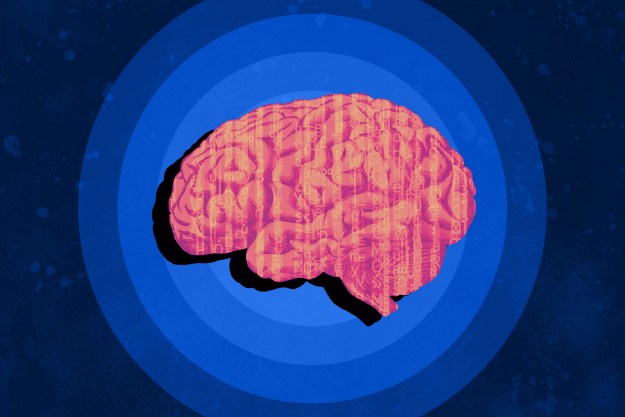“With joyous gambols gay and still array,
no longer when he ‘twas, while in his day
at first to pass in all delightful ways
around him, charming, and of all his days.”
Don’t worry: You haven’t accidentally clicked on pre-Digital Trends, by mistake. This is part of a Shakespearean sonnet created by deep learning artificial intelligence — and, shockingly, it’s actually pretty good. The bot was created by researchers at IBM Research Australia, the University of Toronto, and University of Melbourne. Trained on around 2,600 real sonnets, it mimics the iambic pentameter and rhyming pattern of the poems most famously written by ol’ Bill Shakespeare himself.
“While the application itself may not seem directly relevant to real-world applications, the underlying machinery of our model shares the same core algorithm that drives other problems that require generation,” Jey Han, one of the researchers on the project, told Digital Trends. “[These might include] translation, summarization, and chatbots. When we started the project, a research question that we wanted to address was, ‘how do we build machines that can produce a coherent narrative that spans multiple sentences?’ And we thought poetry is a good place to start.”
We previously covered some pretty interesting attempts to mimic creativity using A.I. These have included everything from Google’s DeepDream image generation project to a bot-written script for TV comedy Scrubs, which was then read by actor Zach Braff. While A.I. is currently in the process of munching up jobs in the real world, however, the researchers on this particular project think there’s still a way to go before top-tier poets are put out of business by machines. If, indeed, it ever happens.
“The conclusion in the paper is that we should focus more effort on ‘content’ in future work: Spend less time on rhyme and meter, and more time on emotion and readability,” Adam Hammond, a University of Toronto English professor, who lent his expertise to the project, told us. “I’m excited to see what’s possible, but I’m very skeptical. I think it’s quite easy to have a deep learning model spit out lines of verse in rhyming iambic pentameter. It’s much, much, much, much harder to train it to have an opinion, or a feeling, or a desire, or a story to tell.”
A paper describing the work is available to read online.
Editors' Recommendations
- Are we about to see ‘the iPhone of artificial intelligence’?
- Analog A.I.? It sounds crazy, but it might be the future
- Nvidia’s latest A.I. results prove that ARM is ready for the data center
- Nvidia lowers the barrier to entry into A.I. with Fleet Command and LaunchPad
- Can A.I. beat human engineers at designing microchips? Google thinks so


